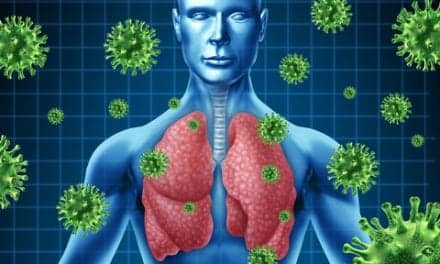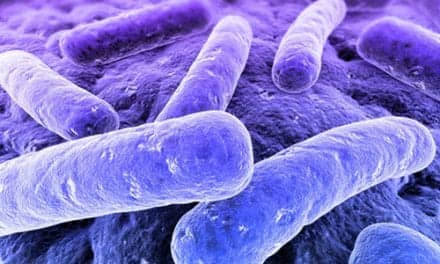At present, to screen for compounds that might show promise in tackling disease, researchers have to rely on animal models like specially-bred lab mice. However, many candidate drugs that pass such tests are later rejected, and some that do not pass could be effective in humans. This leads to delays, increased costs and lost opportunities to the development of urgently needed new treatments.
But using stem cells derived from skins of cystic fibrosis patients, scientists have generated organoid models of the distal part of lung tissue, the part that forms the airways where gases are exchanged with the environment.
“In a sense, what we’ve created are ‘mini-lungs.’ While they only represent the distal part of lung tissue, they are grown from human cells and so can be more reliable than using traditional animal models, such as mice. We can use them to learn more about key aspects of serious diseases – in our case, cystic fibrosis,” said study leader Dr Nick Hannan.
Cystic Fibrosis Research Benefits from Lab-grown ‘Mini-lungs’










